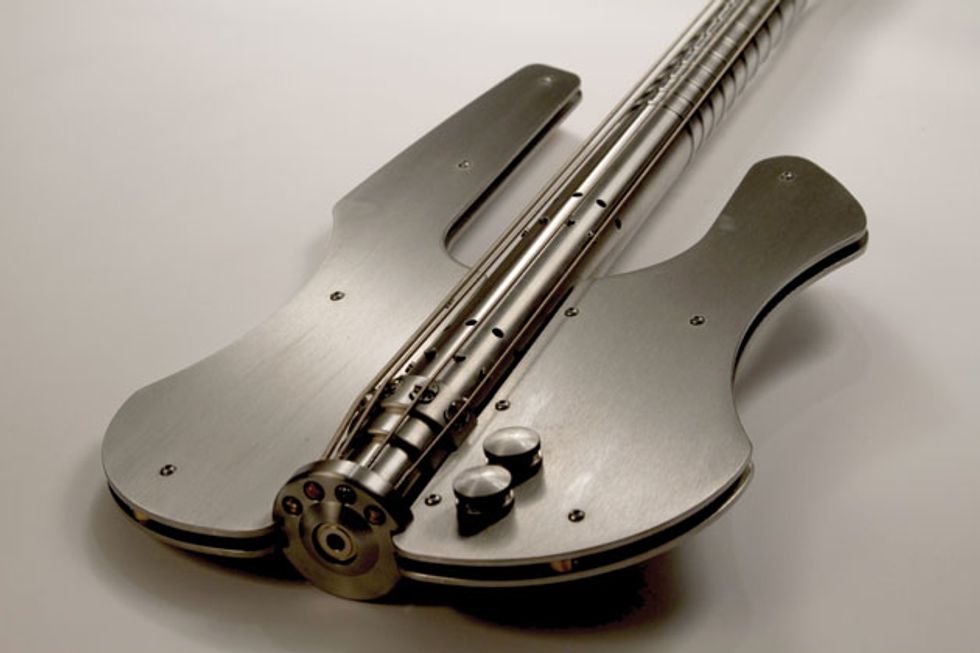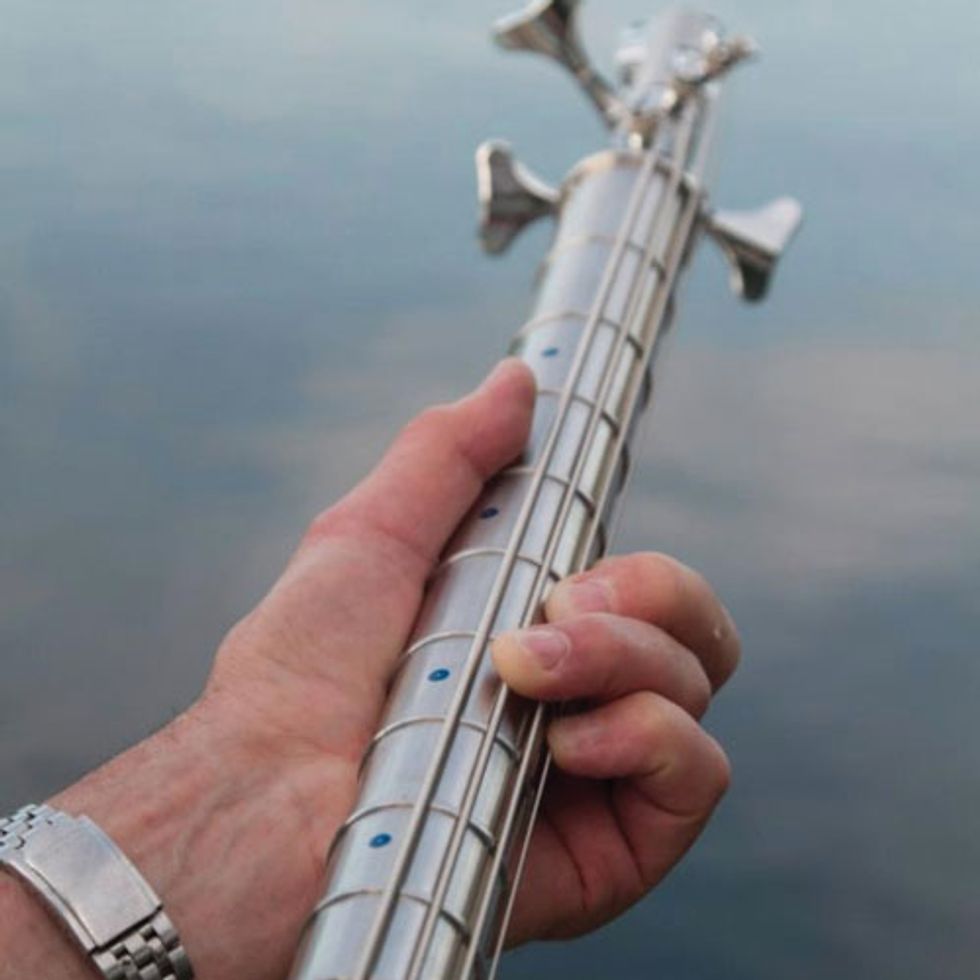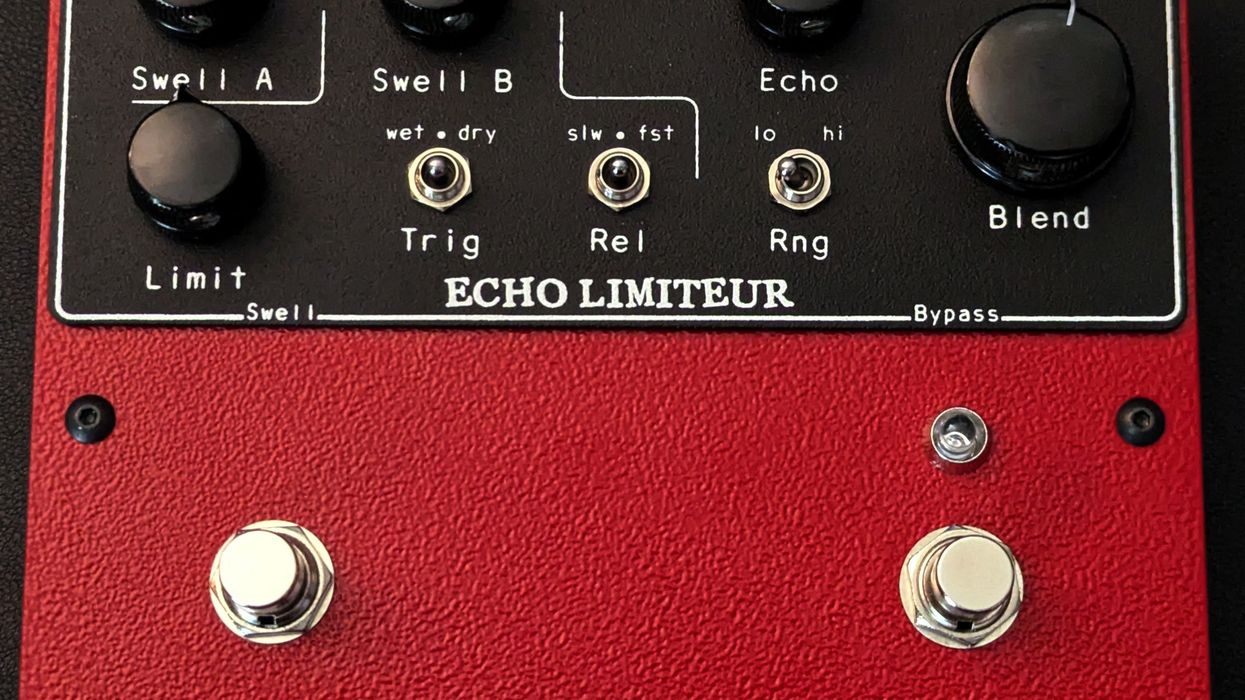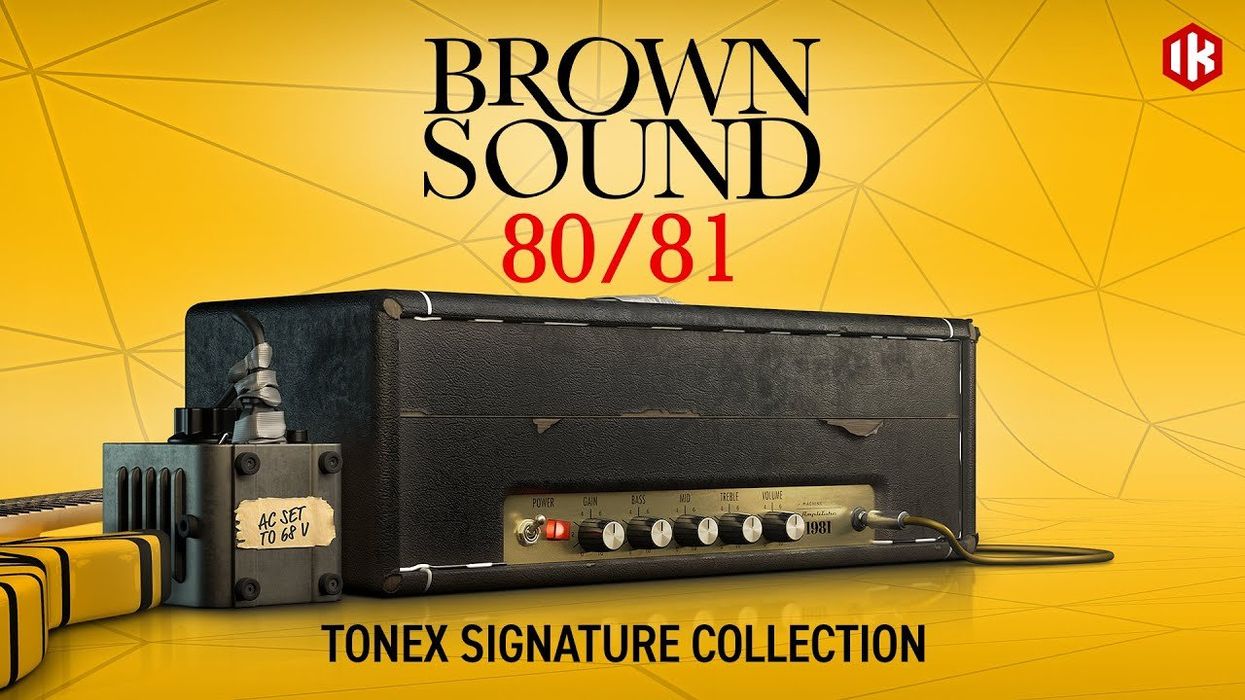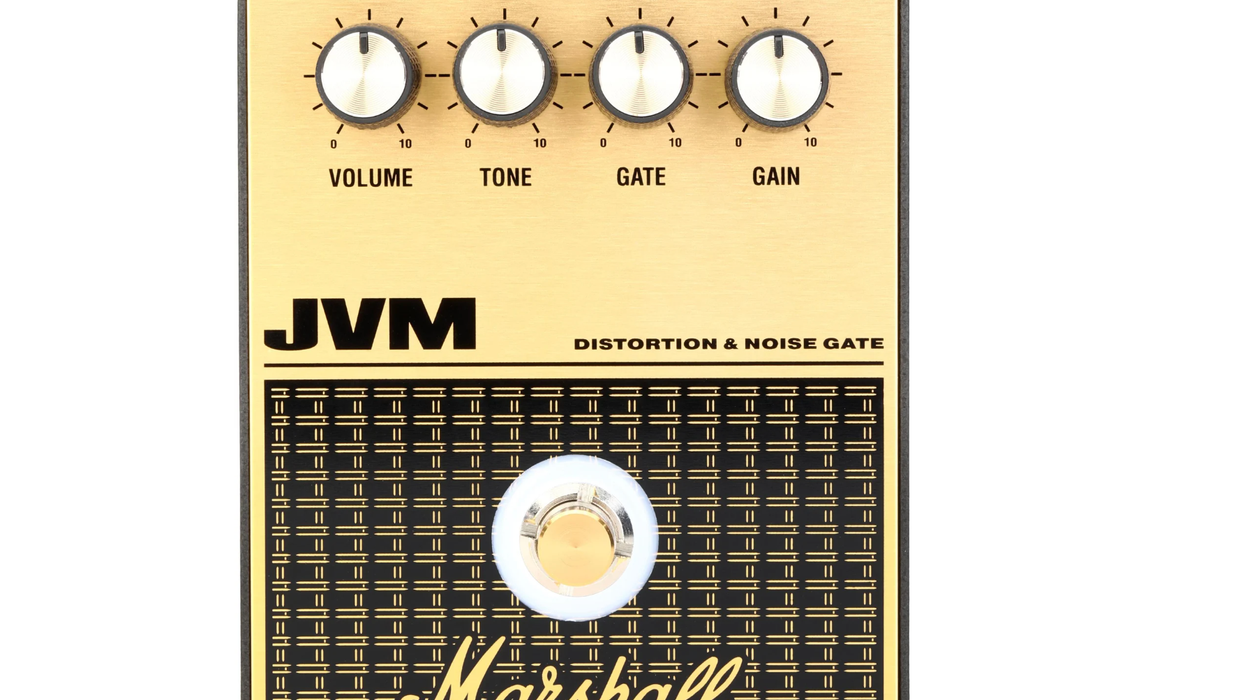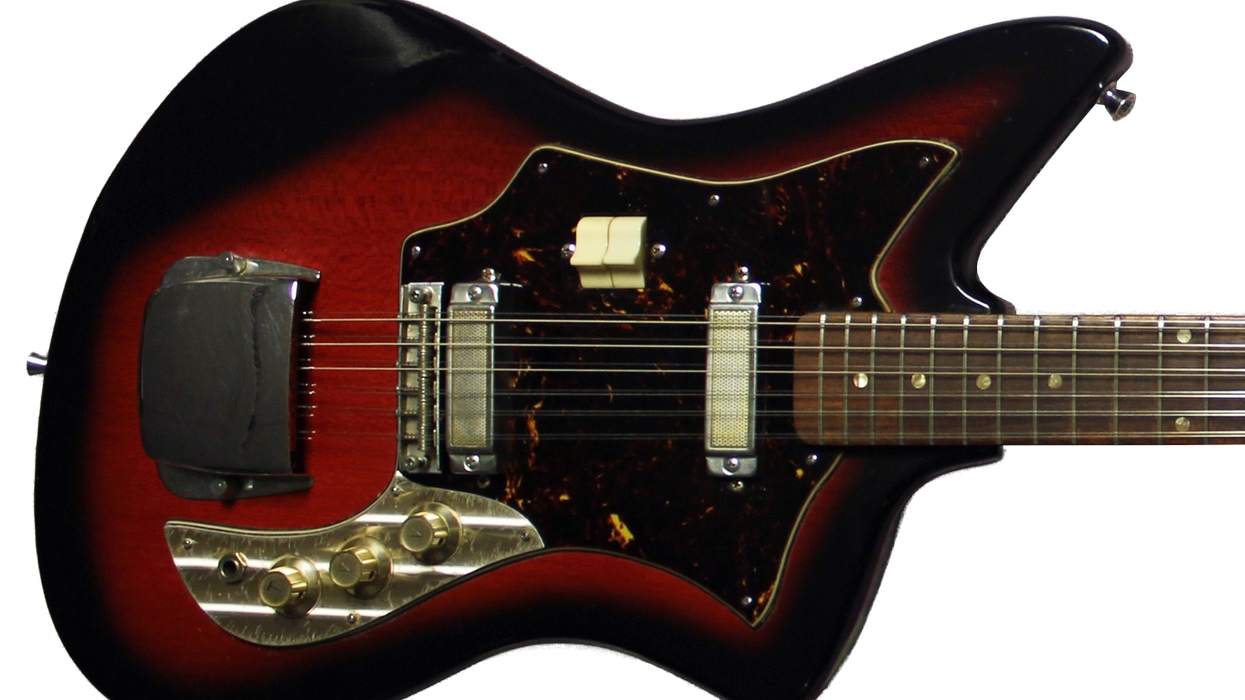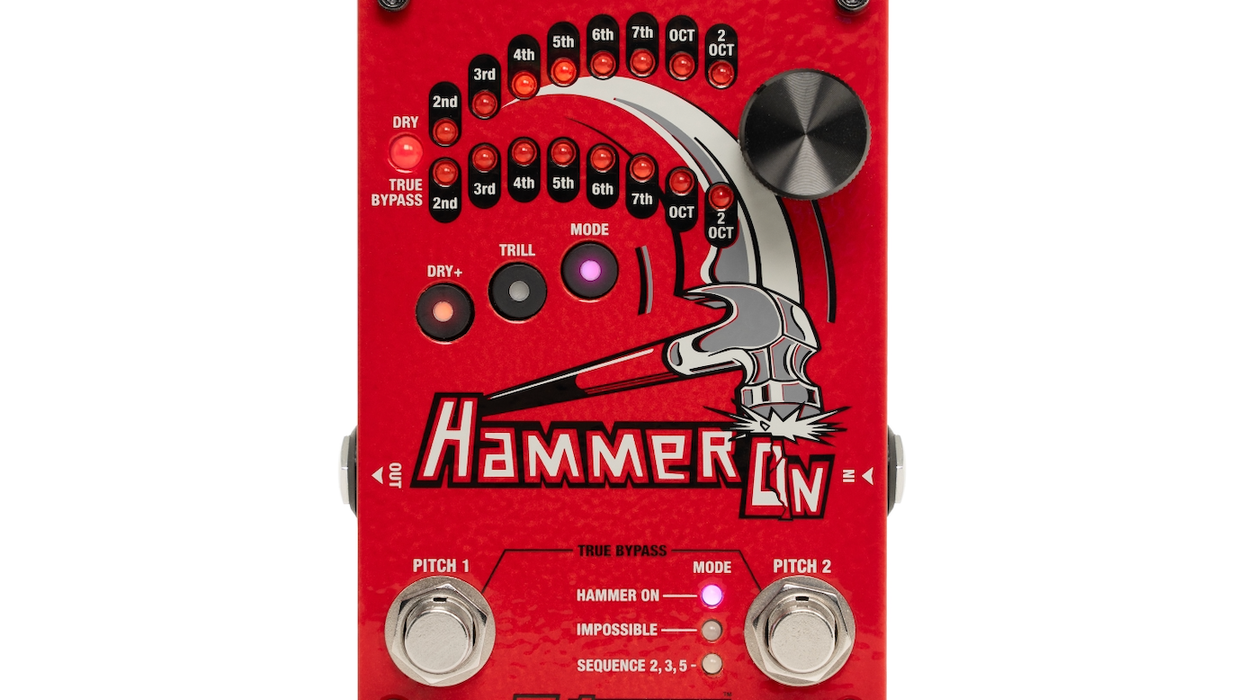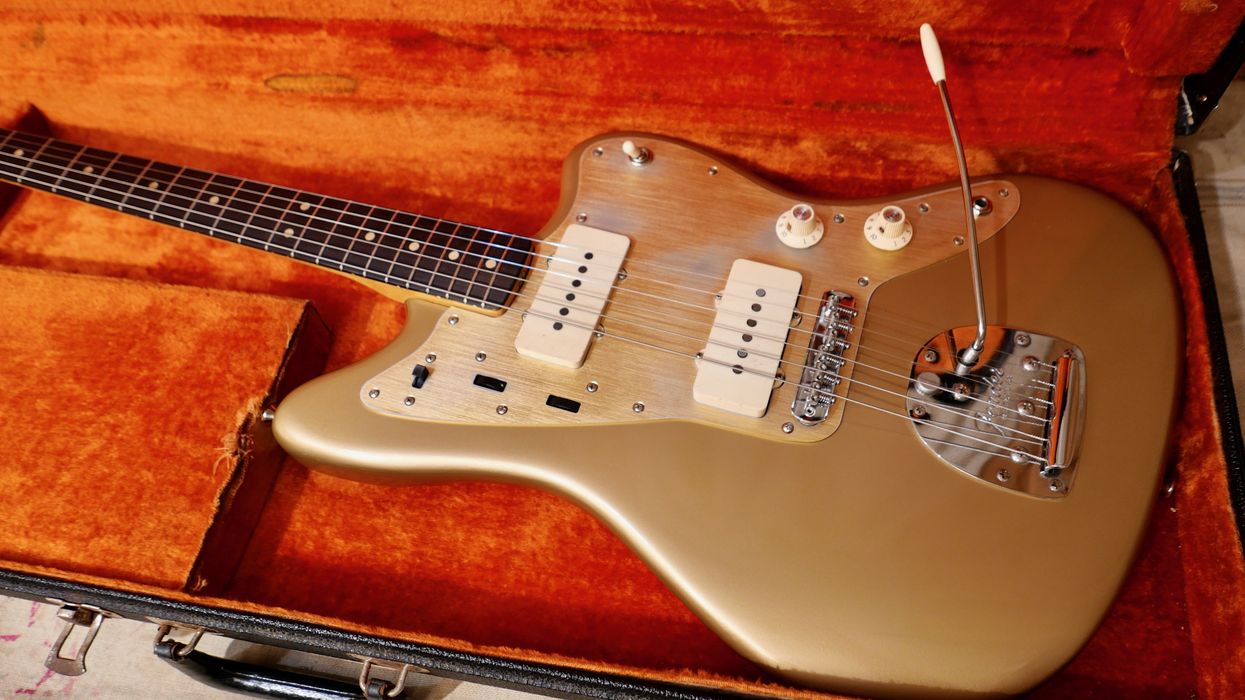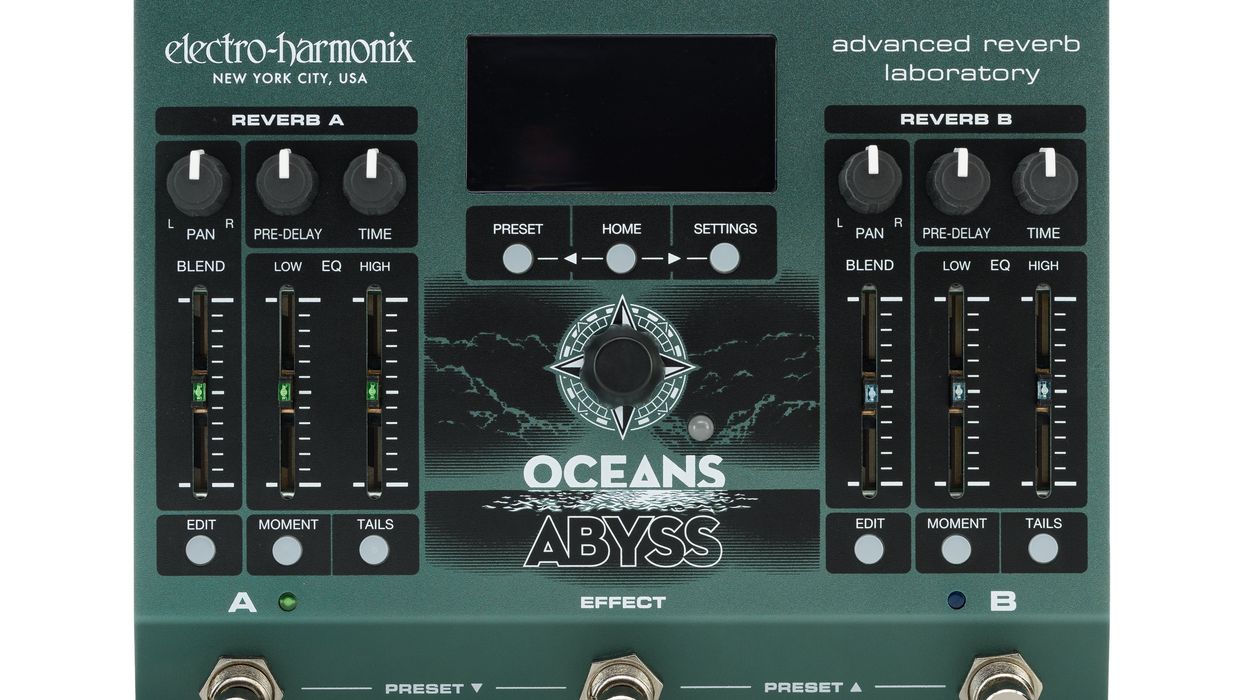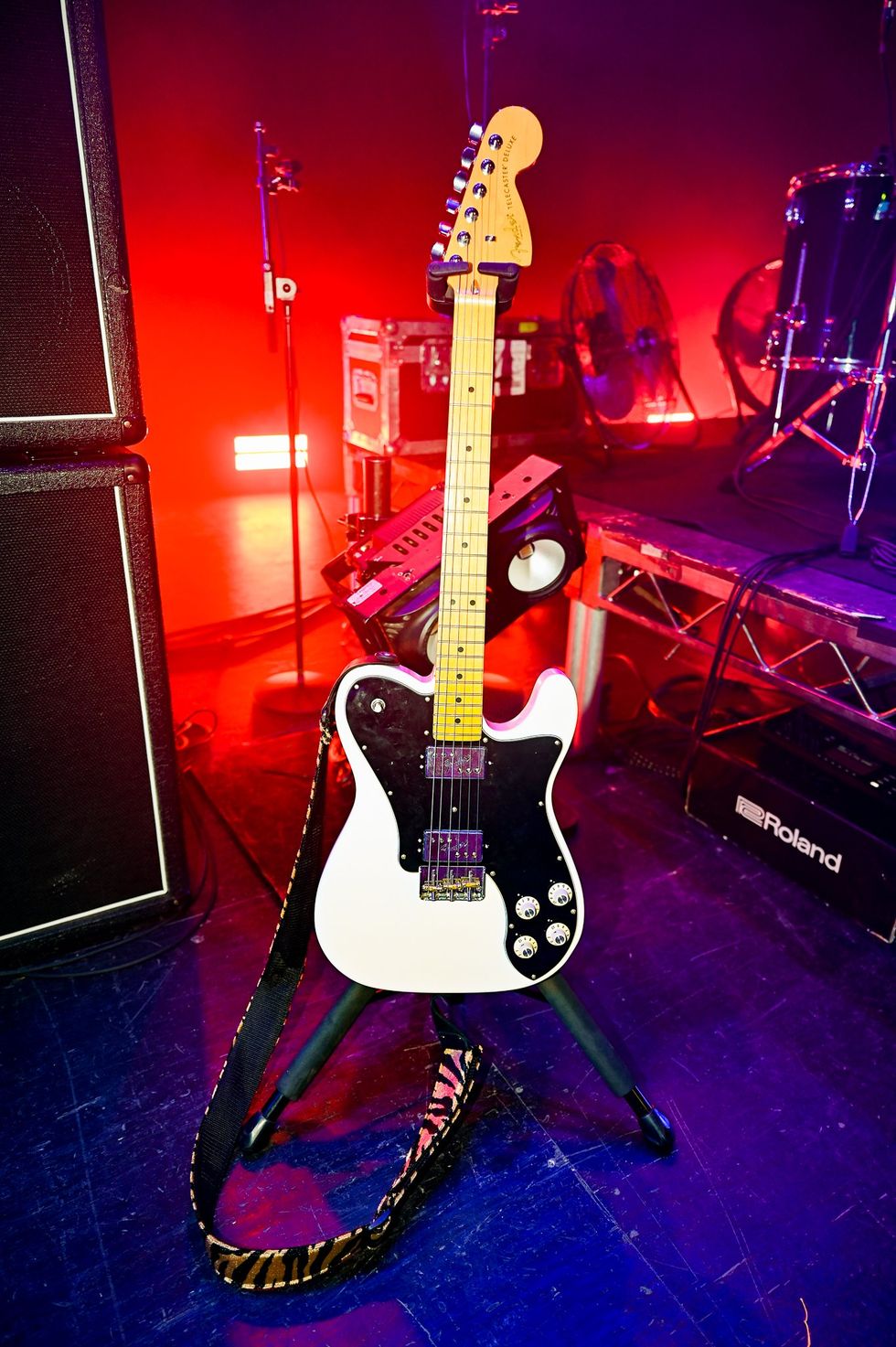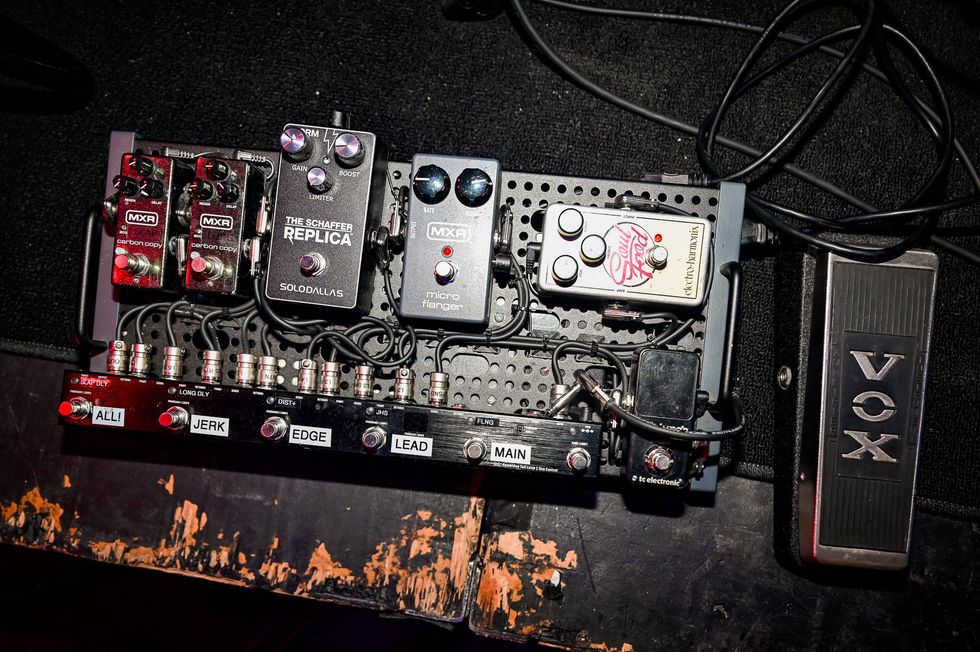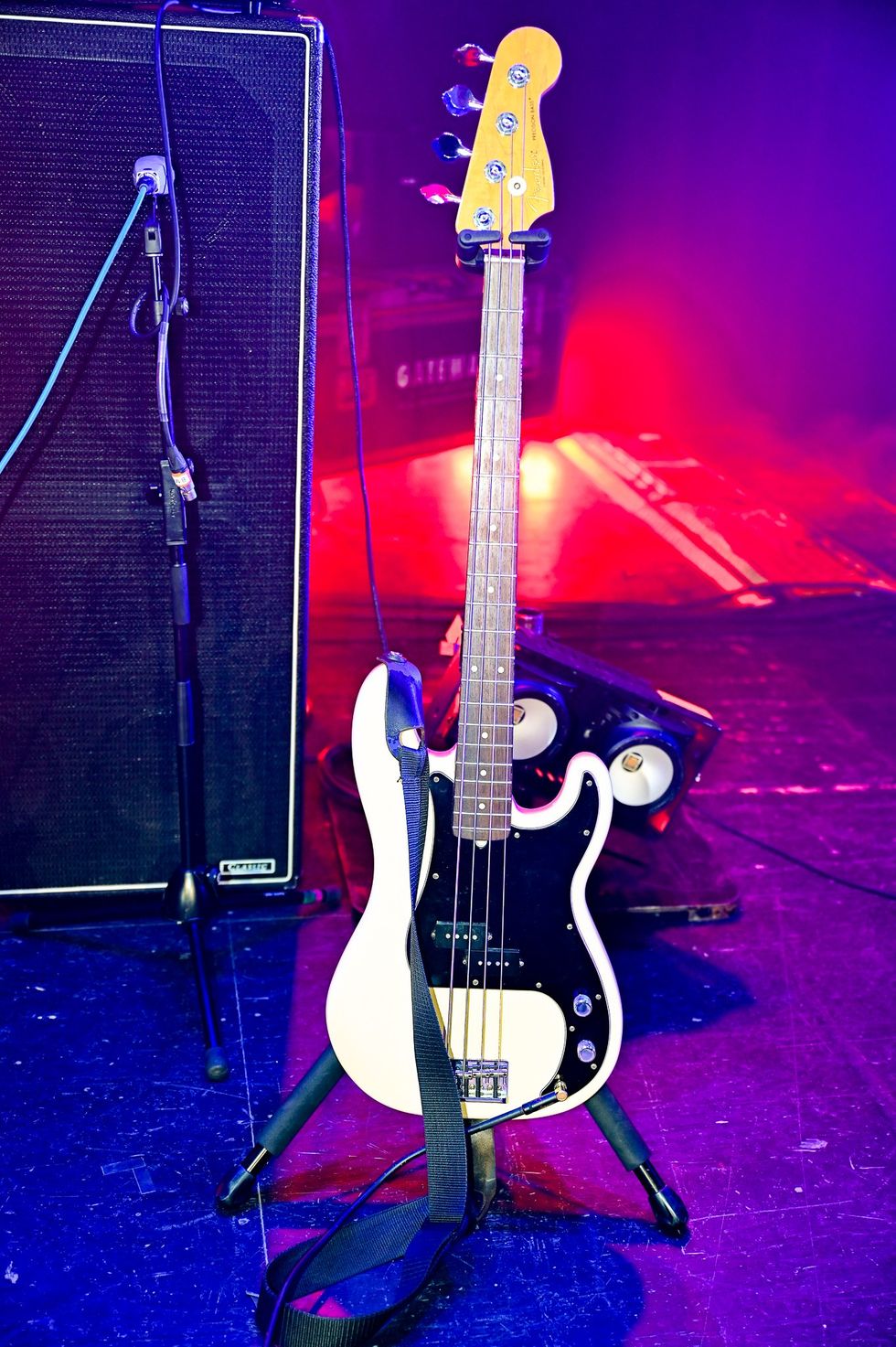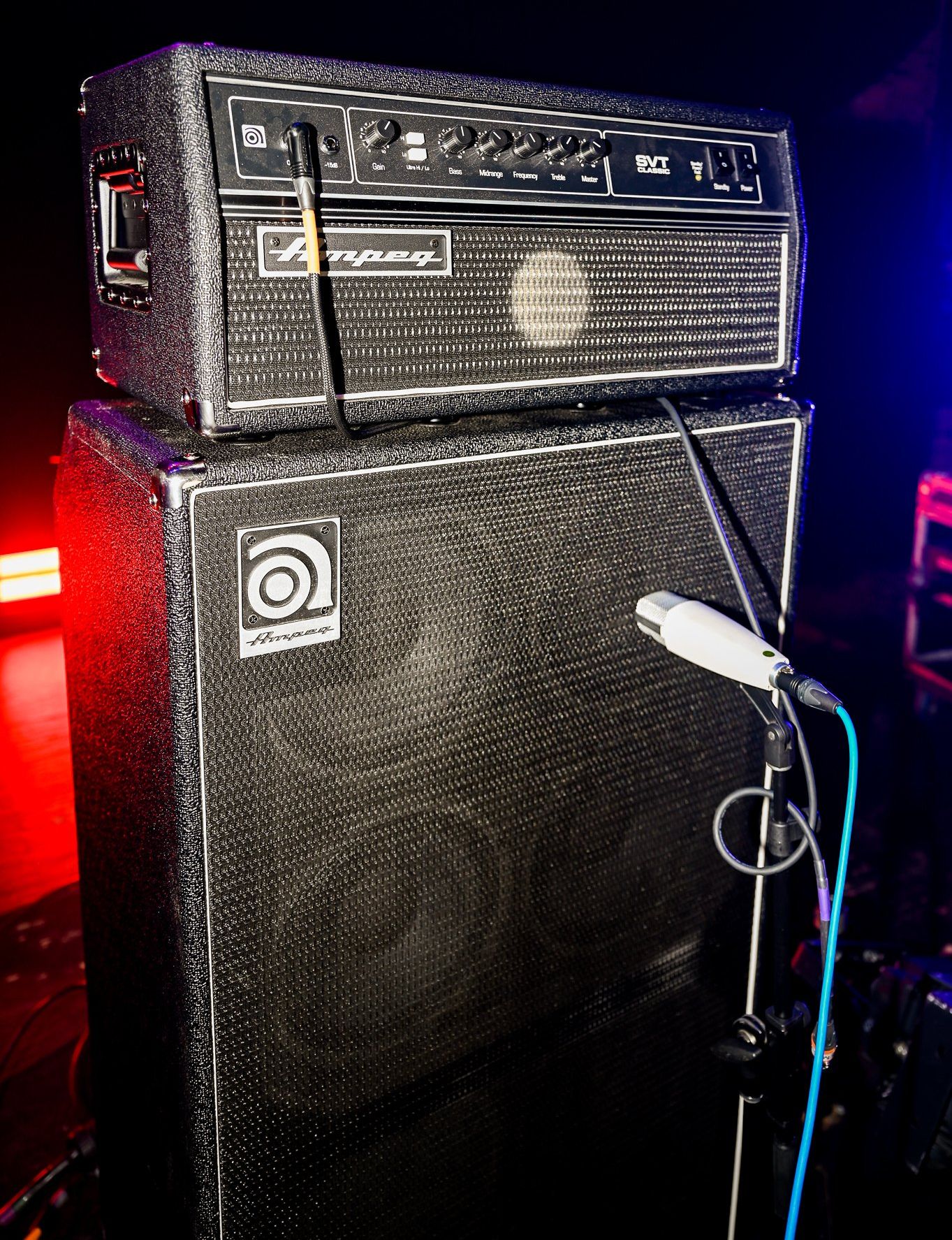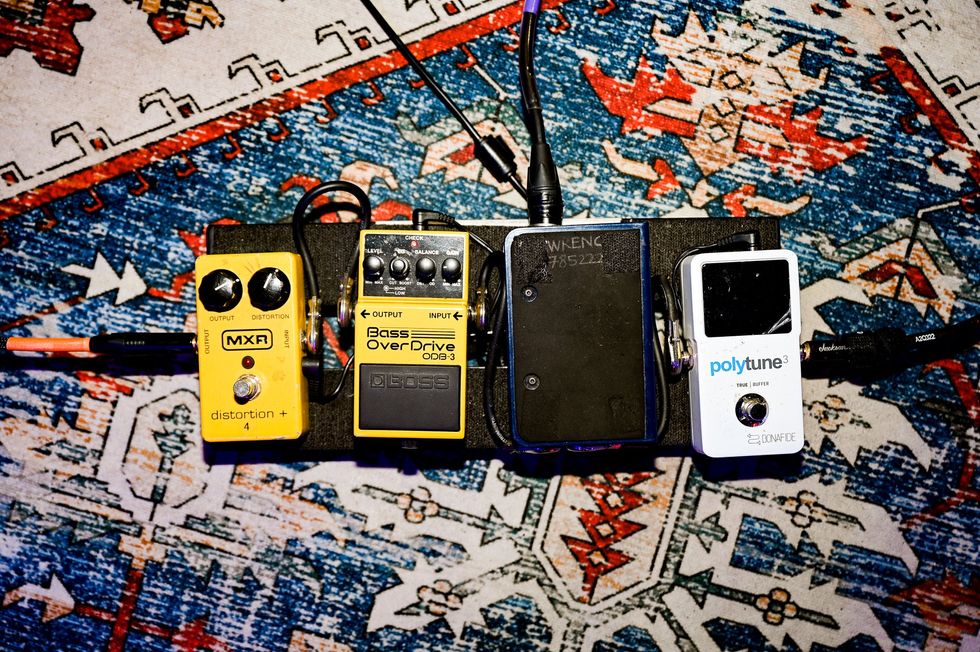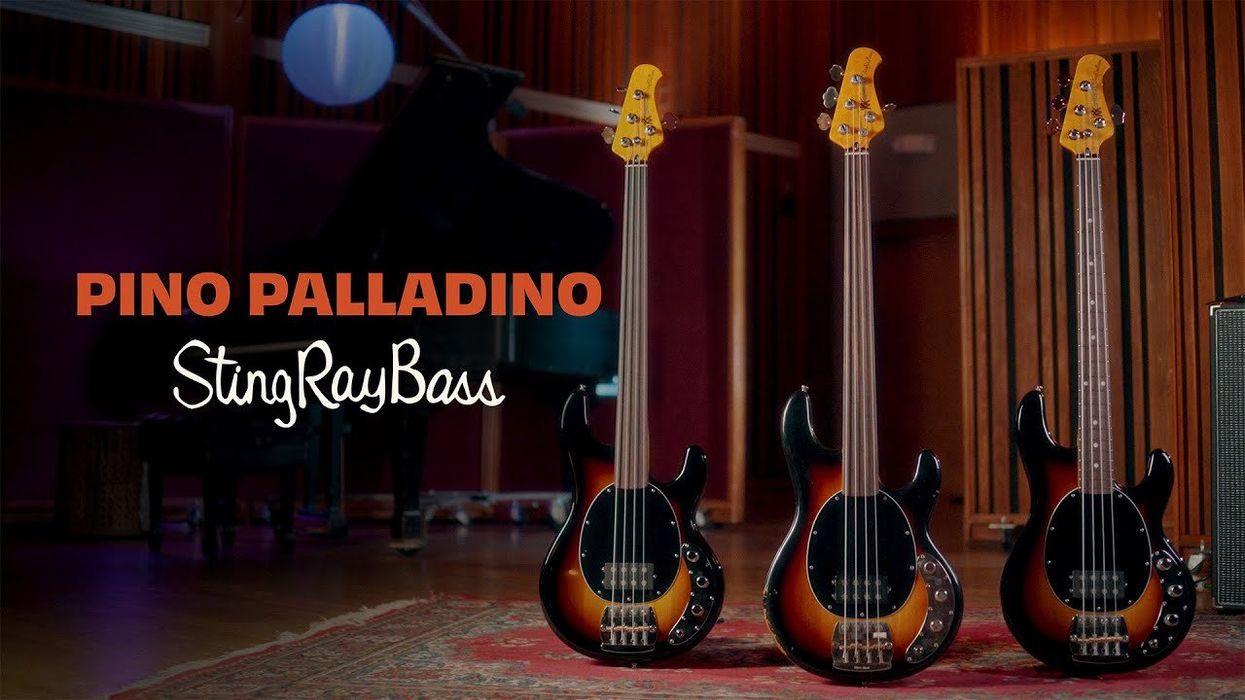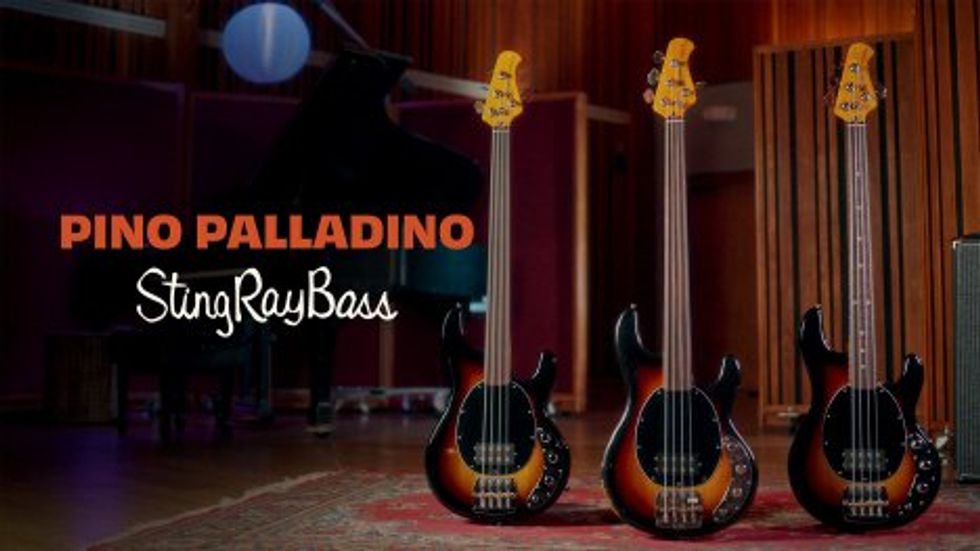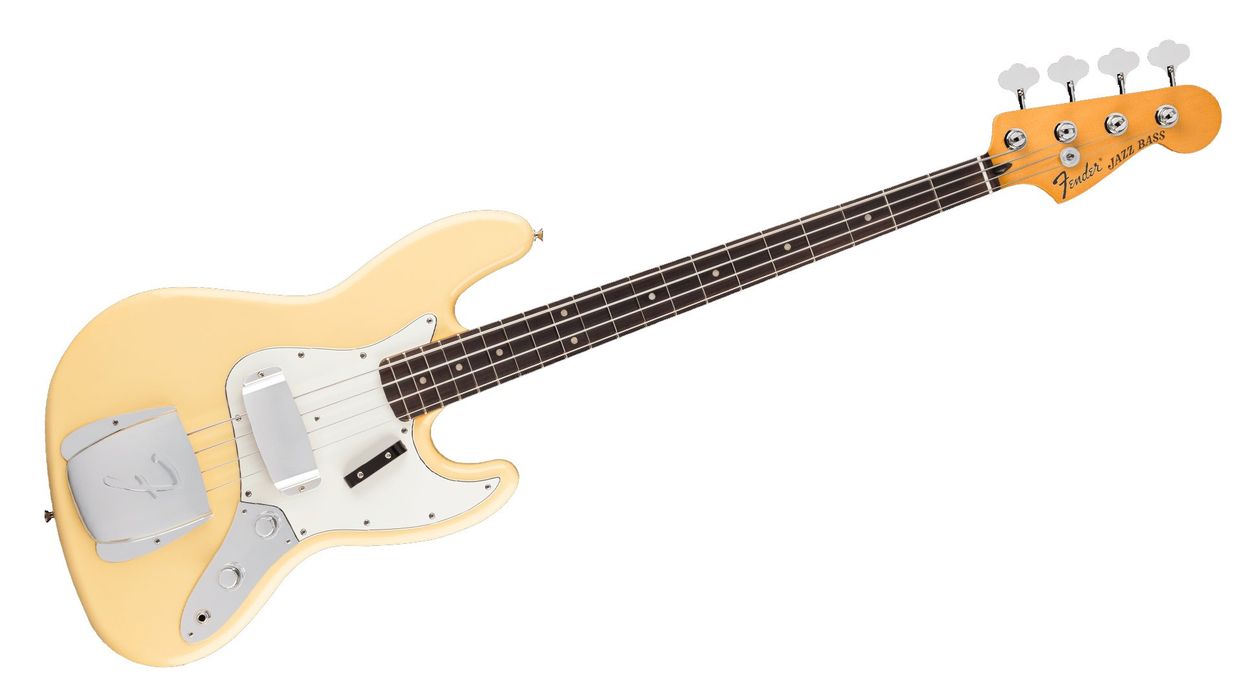Building an instrument from alternative materials—stainless steel, in this instance—is only part of
the story behind the Stash Stainless Bass. Photo courtesy of stashstainlessbass.com
Reading the headline, you might think you’re about to receive some crystal-ball prophecy, but I have to admit that when it comes to predicting the future, I’m probably as clueless as anyone else. Truth be told, if I knew with certainty where our favorite instrument is heading, I’d be working on that design instead of writing about it here!
Given the enduring popularity of vintage instruments, one might wonder if change will ever occur. Oh yes, there certainly has been change in recent decades, but typically this technical evolution leads right up to our instrument’s output jack and stops. Whether it’s loopers, effects processors, or recording equipment, the vast majority of digital, high-tech developments take place in gear used in conjunction with the bass, rather than in the bass itself.
So instead of repeatedly revisiting history, why not indulge a bit of brainstorming? Let’s begin in an area that has seen some innovations in recent years.
Tuning. Interestingly, tuning is an area where innovations have popped up on a bigger scale. Developments include servo-based automatic tuning devices, such as Gibson’s self-tuning Robot Les Paul, Gibson’s Min-ETune, TronicalTune’s headstock-mounted retrofit packages, Peavey’s instant onboard electronic pitch-correction, or the purely mechanical EverTune bridge. These technologies have yet to enter the bass market, but it may only be a matter of time before we see versions of these systems designed for low-enders.
One can only speculate why automated tuning has such appeal to musicians. Are we getting too dumb or too lazy to tune by ourselves? One undeniable advantage of a self-tuning system is the option to access different tunings with the press of a button. That’s a huge advantage for performers—a self-tuning guitar can replace three or four instruments onstage and reduce to mere seconds the time it would otherwise take to swap instruments.
Setup. For many artists—especially those not traveling with their own technician—touring through different climates causes an instrument’s setup to drift, and correcting this problem is annoying and time-consuming at best. Add in some bad luck and you can even end up with an unplayable bass. All this, when you simply want to focus on showing off!
A full body shot of the Stash bass—truly an original design. Photo courtesy of stashstainlessbass.com
Using materials that are immune to environmental changes might be a solution, but these options already exist and haven’t really put a dent in the market share of wooden instruments, but more on that in a moment. I’d expect any artist to be able to tune, but I’ve seen many who aren’t familiar with how to deal with setup issues on the road. What if we could make robotic drives to adjust the setup? While almost everything electric around us gets packed with all sorts of sensors, most of us are still running around with some 1950s or ’80s bass technology.
Imagine a motor-driven truss rod that moves once a laser along the fretboard edge detects a less-than-optimal neck relief. The bridge would need some fine-adjustments too, but with an audio-analyzer detecting a buzzing string, it could give the servo-controlled bridge a simple “up” instruction. To keep everything within your personal playing style, the bass could come with a preset “buzz-annoyance eliminator” button!
Material. Whenever the discussion of future instrument design comes up, one of the main topics is: Will there be a successor to wood? Alternative materials exist and the Stash stainless steel bass shown in these photos is just one way to make use of them.
Just when you thought you’ve seen it all, here comes the tubular neck. Photo courtesy of stashstainlessbass.com
Current alternative materials include steel, aluminum, carbon, acrylic glass, and Plexiglas, and some of these have appeared before in bass history. What sets the Stash bass apart from many others is that its design doesn’t stop at finding a replacement for wood. Instead, the construction and material follow a concept. Now, whether you like the concept or not, what you end up with is far from the “I only like red basses” kind of thinking that permeates our world. The Stash certainly doesn’t represent the future for the masses, but it’s a great example of thinking out of the box.
Regulations on the use of exotic woods have generated a lot of attention in recent years. Be it Gibson’s dispute with authorities or the latest CITES rules governing endangered woods, these regulations further reduce the availability of what traditionally is seen as good tonewoods. The use of local wood or other green initiatives will become increasingly more crucial as a sales argument.
It’s certainly not necessary to join the discussion and debate about future instrument design. After all, good instruments already exist and there’s a lot of good music being made with them. But how long will this last? It’s a question that should concern anyone who depends on instruments to make a living, including manufacturers, retailers, and even those who write columns about gear!

